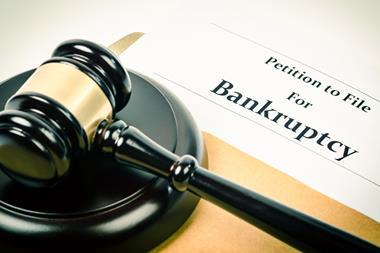The record spending highlights the need for more stable forms of power, with nuclear and renewable sources mooted
Following a surge in energy prices and an increase in irregular wind and solar power, the UK National Grid has revealed that last year they spent a record £4.2 billion on balancing payments.
In order to ensure that supply matches demand, the company has had to take measures of importing power from abroad, shutting off wind turbines, and increasing the activity of gas stations.
The Nuclear Industry Association (NIA), which analysed data from Britain’s electricity system operator, said that this is the first time the National Grid’s balancing costs have gone over £4 billion and highlights the need for more stable forms of power. Tom Greatrex, chief executive of the NIA, said:
“The report puts into sharp relief the extent to which the integrity of our power supplies are reliant on external factors. Even then, to many observers National Grid’s assumption that interconnectors will be immune from political pressures will feel naïve and complacent.
“Paying Belgium nearly £10,000/MWh for power last week to stop blackouts is unsustainable, particularly as demand will increase in the colder months.
“The lesson of current events is that the only way to strengthen energy security for the long term is to get on with building more of our own nuclear stations along with wind and solar.”
The National Grid’s Early Winter Outlook report suggests the total cost for 2022 is equivalent to every household in Britain paying an extra £150.
Mandip Bhamra, head of Renewables at SaveMoneyCutCarbon also stressed the importance of wind and solar power amid the grid’s record spending, but said resorting to nuclear suggested “a lack of imagination”:
“Solar and wind are truly clean energy sources – but its about when people need power. Generation of wind turbines is year-round but inconsistent, and the vast majority of solar generation comes in the summer.
”In the winter there will always be a shortfall, we are then faced with the problem of oversupply and under supply.
“We need to invest in our under-developed energy infrastructure. As homes and businesses decarbonise, opting for solar, battery, heat pumps and EV, there will be an increase demand on electricity.“With Distribution Network Operators applications on the increase, we need to invest in infrastructure in order to accommodate the demand in renewable energy installations. This will be key in the race to net zero.”




















No comments yet